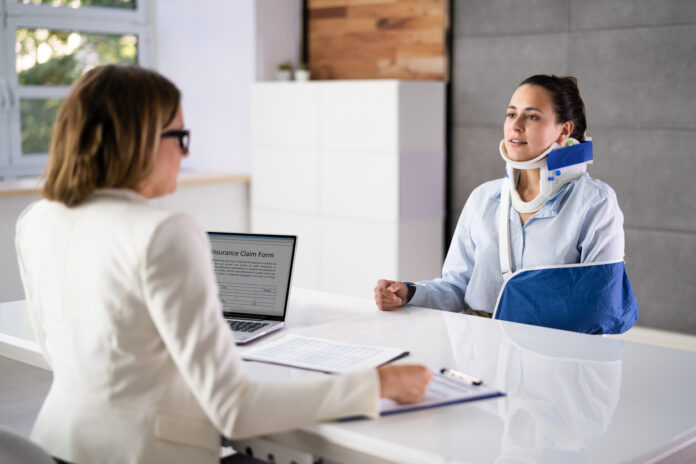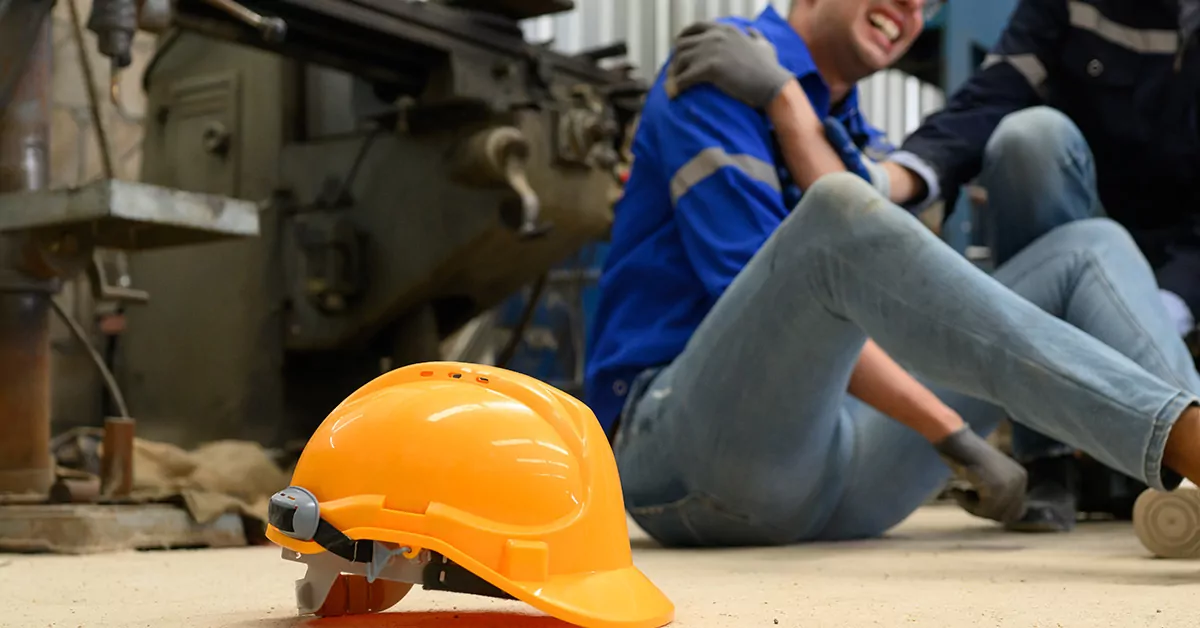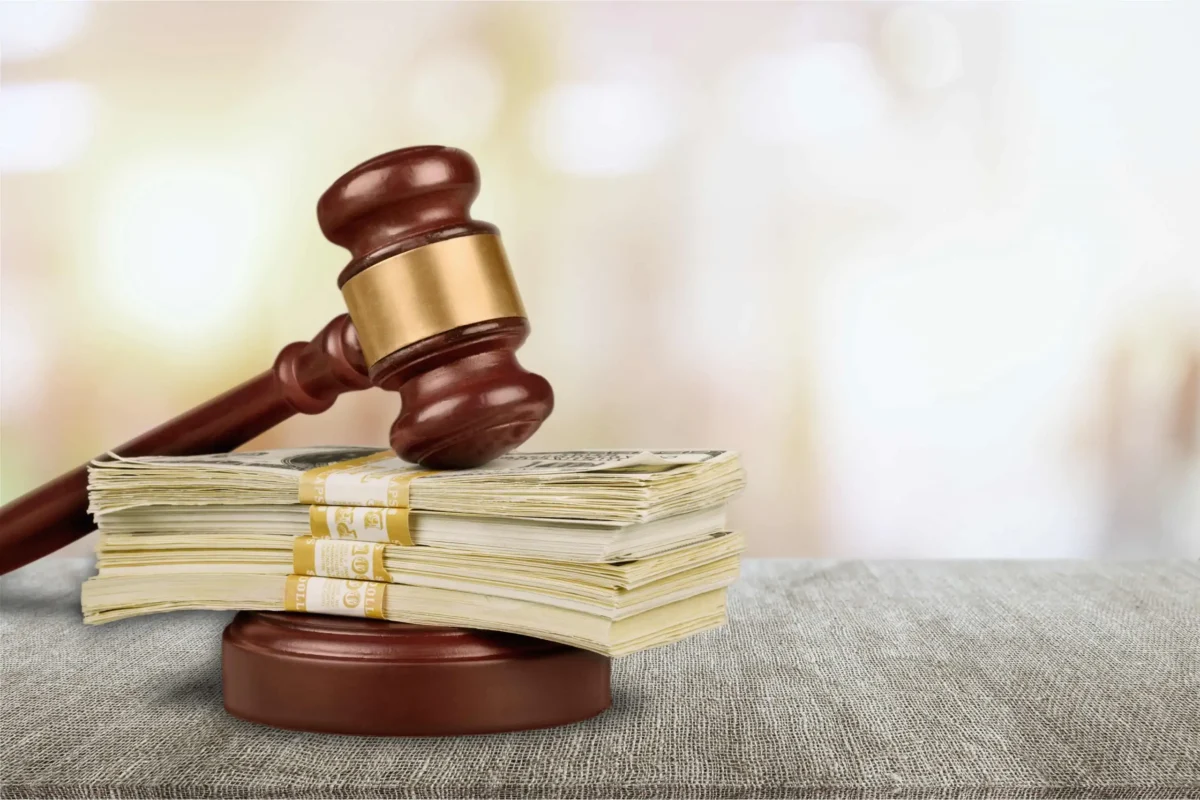
Washington State is known for its robust consumer protection laws prioritizing its residents’ safety and well-being. The state has enacted product liability laws that hold manufacturers, distributors, and retailers accountable for any harm caused by defective products. These laws establish the legal basis for seeking compensation and ensuring that those responsible are held liable for their negligence.
Living in Washington and suffering a personal injury due to a defective product can be a challenging and distressing experience. However, as a resident of Washington State, you have specific legal rights and options for seeking compensation through a personal injury settlement in product liability cases. By understanding the product liability laws in Washington, collecting solid evidence, and documenting all relevant expenses, you can take proactive steps toward seeking a personal injury settlement.
The best thing you can do is consult reputable lawyers to fight for your case, like the personal injury lawyers at ParkChenaur.com. This blog post will guide you through the process, from consulting with an attorney to negotiating a fair settlement or pursuing litigation if necessary. Remember, you are not alone in this journey, and with the proper knowledge and support, you can seek the compensation you deserve for your pain, suffering, and losses.
Understanding Product Liability Laws

Before pursuing any legal action, you must understand the basics of product liability law to determine whether or not you have grounds for filing a claim against the manufacturer or seller of the product that caused your injury. Generally speaking, three types of claims may be made under product liability law: negligence, breach of warranty, and strict liability.
Negligence occurs when the manufacturer fails to exercise reasonable care when designing or manufacturing their products, resulting in consumers selling and using unsafe products. Breach of warranty occurs when there is an implied promise between manufacturers and consumers regarding quality standards which are then violated by either party resulting in the harm caused by using or consuming the defective item(s). Strict liability applies when manufacturers are held responsible regardless of fault if their products cause damage due to their unsatisfactory nature or design flaws, regardless if proper care was taken during production or distribution processes.
Gathering Evidence for Your Claim
You need to gather evidence specific to your case to pursue legal action against those responsible for your injury caused by a defective product. This evidence includes medical records documenting your injuries, photos or video footage illustrating how, when, and where the injury occurred due to the use of the product, witness statements providing accounts of what transpired before, during, and after the incident, purchase receipts as proof of ownership before the incident, expert testimony from qualified professionals such as doctors who can testify about your injuries, police report that provide detailed information about the incident, and any relevant documentation related to the product, such as instruction manuals outlining proper usage guidelines. It is crucial to gather all these pieces of evidence and compile them into a comprehensive package, which can be presented during court proceedings if necessary. While the goal is to resolve the matter outside of court, having a solid evidentiary foundation is essential in case the situation escalates to that level.
Calculating Damages & Seeking Settlement

Once all relevant information has been collected, including documentation of the incident and any financial losses such as medical bills, the next step is to calculate the damages owed. This calculation will ultimately determine the amount sought through settlement negotiations between the plaintiff and the defendant. The severity of the case plays a significant role in determining the amount sought. Minor injuries requiring minimal medical attention may result in a settlement of hundreds of dollars. On the other hand, cases involving significant injuries requiring extensive and prolonged treatment may warrant a settlement amount in the tens of thousands. It is crucial to consult an experienced lawyer who specializes in personal injury cases to navigate the complexities and ensure the best possible outcome for the matter at hand.

Conclusion
Seeking a personal injury settlement from a product liability claim requires thorough documentation of evidence, consulting with a specialized attorney, evaluating damages comprehensively, initiating the claims process, engaging in settlement negotiations, and, if necessary, pursuing litigation. By following these steps and working closely with a skilled attorney, individuals can navigate the complex process and increase their chances of securing a fair settlement that compensates them for their injuries and losses, providing the necessary support for their recovery and future well-being.








